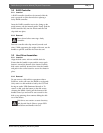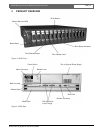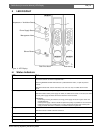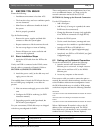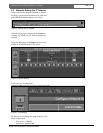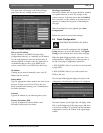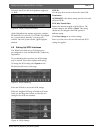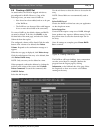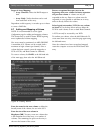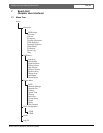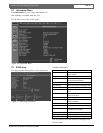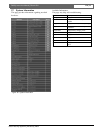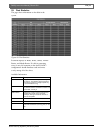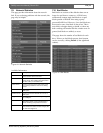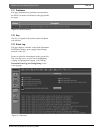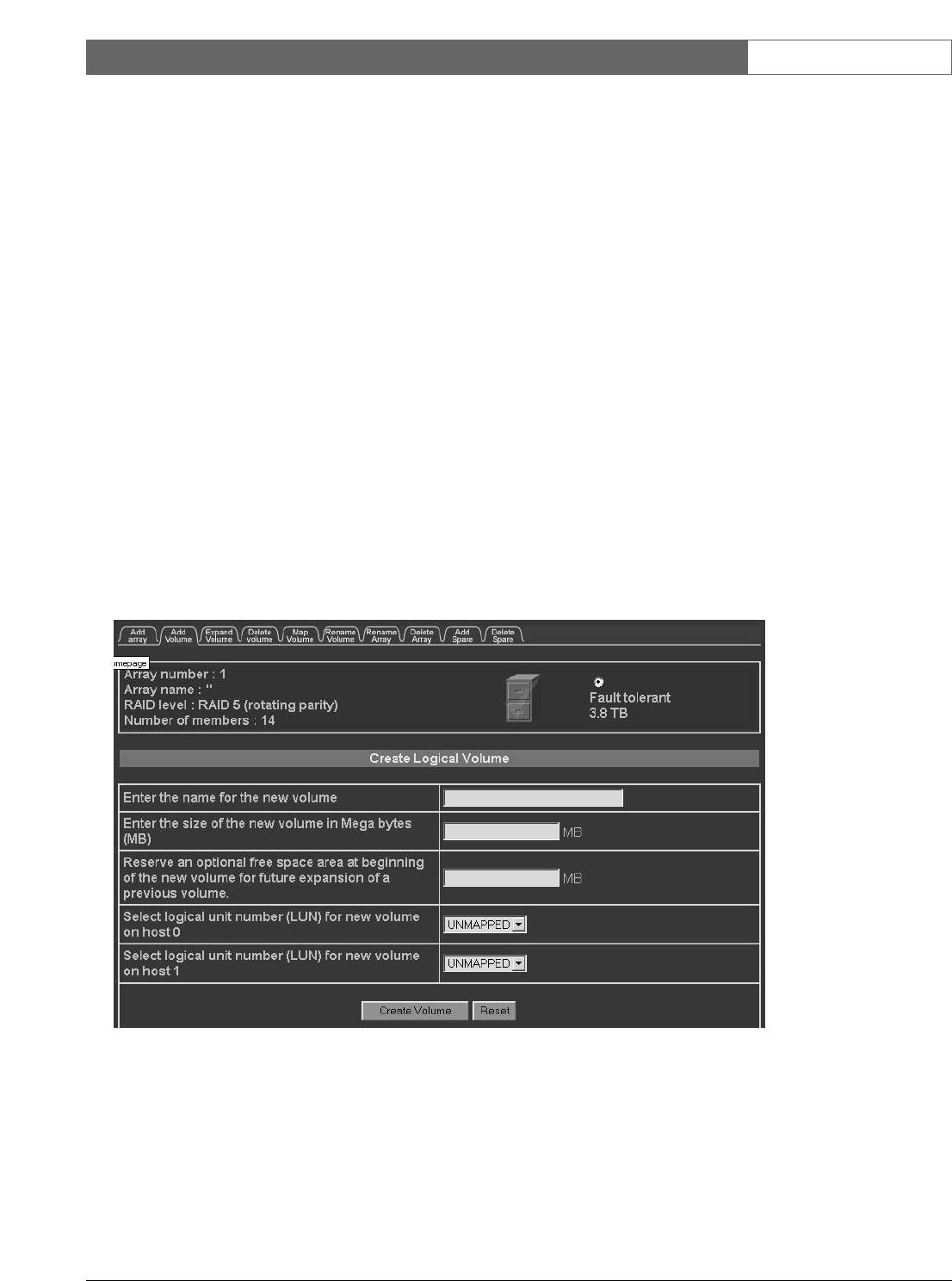
EN
|
19
Bosch Security Systems | 20 January 2004
DVAS | Instruction Manual | Before You Begin
Stages of Array Mapping:
• Array Construct: Writes the RAID stripes to
disk.
• Array Verify: Verifies that data can be read
from each block of the array.
Dependant on disk capacity, it can take up to six hours
to create a RAID Set.
6.7 Adding and Mapping a Volume
NOTE: It is recommended to use the Quick
Configuration page for adding and mapping volumes.
This section may be used for future DVRs requiring
more sophisticated volume mapping.
New arrays must be partitioned, via ADD VOLUME.
A maximum of 16 volumes can be created (with a
maximum of eight volumes per channel). Once a
volume has been created, it must be mapped to a
LUN or LUNs, and Host Channel or Channels.
To create a volume, click RAID, at the left-hand side
of the main page, then select the Add Volume tab.
Enter the name for the new volume to define the
friendly name of the volume, for use in the GUI.
Enter the size of the new volume in
Megabytes (MB). You may create one volume that
is the maximum size of the array, or a number of
volumes. The remaining free space on the array is
shown at the bottom of the screen.
Reserve an optional free space area at the
beginning of the new volume for future expansion
of a previous volume. A volume can only be
expanded in this way. Data on a volume must be
sequential; it is not possible to add data on an array
unless it directly follows the volume.
Select logical unit number (LUN) for new volume
on host 0/1. Use the drop down menu to define the
LUN for each volume, on one or both Host Channels.
A LUN can only be accessed by one DVR.
To confirm your choices, select the Add Volume tab. To
create more than one array, enter this page again using
the left-hand menu.
Once the volumes have been created and mapped,
restart the computer to access the DVAS Series disk
array.
Figure 15 Creating Volume



